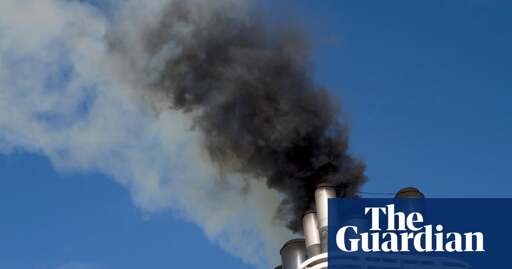A new analysis by Hansen and colleagues concludes that both the impact of recent cuts in sun-blocking shipping pollution, which has raised temperatures, and the sensitivity of the climate to increasing fossil fuels emissions are greater than thought.
The group’s results are at the high end of estimates from mainstream climate science but cannot be ruled out, independent experts said. If correct, they mean even worse extreme weather will come sooner and there is a greater risk of passing global tipping points,
Evwrtyhings on course for the collpaee if civilisation under the weight of human stupidity :)



You are of course much more technically correct in pointing out that if Hansen et al are correct, what that means is functionally all RCPs, as plotted in the graph I picked from the IPCC report, basically shift upward, or climb faster.
But I do not have the ability to run all the models and plot my own graphs and label them properly, I just have a shitty phone.
I also had a career in general data analytics, and sometimes, quite often actually, nobody understands what your data visualizations mean if they are too complicated and can’t be explained with a fairly simplistic narrative.
So basically, the ‘revised’ RCP 2.5 - 4.5 line, just shifts to roughly where the ‘unrevised’ RCP 5 - 8.5 line is now, if Hansen et al are correct.
In terms of visually displaying the concept that ‘we are actually overly optimistic in our future temperature projections’, I feel that what my original post said and displayed is basically accurate and conveys this to a lay reader, again, best I can do on a phone.
As far as the actual empirical/theoretical validity of this view?
Well here’s Paul Beckwith going through Hansen et al’s recent paper.
www.youtube.com/watch?v=ZplU7bJebRQ
The jist of the argument seems to be twofold, first, that removing sulfur from the fuel of transoceanic shipping vessels has lowered the amount of negative or downward atmospheric forcing.
Beckwith says the IPCC has a climate sensitivity for a doubling of CO2 is about 3C, Hansen says its about 4.5C.
Further, the second major point is that IPCC seems to have rejected Hansen’s older, higher estimates of the effects of arctic freshwater ice melt forcing in their models…
… but, actual, observed arctic ice melt seems to be double what even Hansen’s older paper estimated, meaning the IPCC models are very significantly underestimating that.
As to you saying that the El Nino temp from one month isn’t a good point to use to indicate overall climate… yes, but the El Nino temp is significantly higher than what we should expect from the existing Nino3.4 model, it appears to have broken away, upwardly, from the model.
I should have been more clear about that, my point is that it is so significantly higher than what we expect, that it is yet another indicator that existing models are too optimistic, too constrained in terms of overall temp outlook.
…
Beckwith, himself, in this video, says he would expect us to hit +2C within a decade or less.